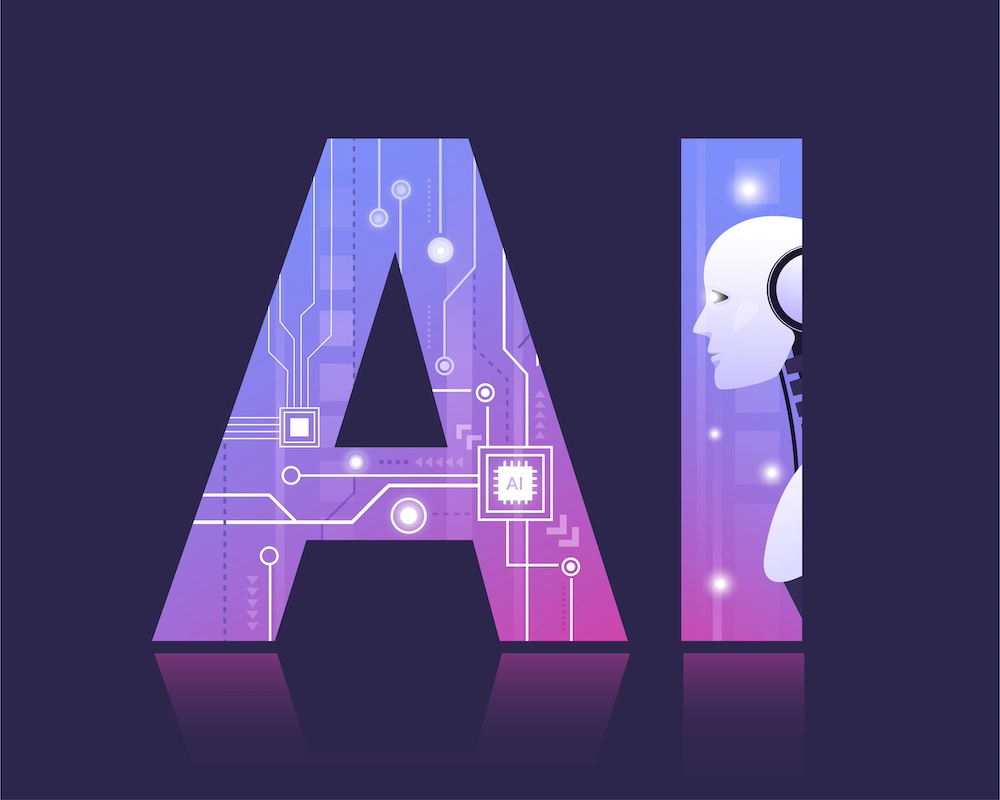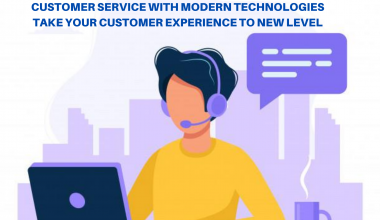
In a rapidly evolving technological landscape, AI-powered tools are revolutionizing how we access information. Developing an AI-powered answer engine like Perplexity requires careful planning, technical expertise, and a structured budget. Whether for startups or enterprises, creating such AI tools can seem daunting but offers tremendous opportunities for businesses to innovate.
This blog dives into the costs, processes, and considerations of building an AI-powered tool like Perplexity. Understanding the development roadmap will help you estimate expenses and plan effectively.
Key Factors Influencing Development Costs
The cost of creating an AI-powered answer engine varies significantly based on multiple factors. Here are the main components:
1. Project Scope and Features
The complexity of your tool plays a major role in its cost. Basic AI tools with limited features are less expensive than sophisticated platforms offering advanced natural language processing (NLP), multilingual support, and dynamic learning.
2. AI Model Development
Creating a custom AI model or fine-tuning existing ones like GPT-4 involves significant investment. It depends on training data, model size, and precision requirements.
3. Data Requirements
AI models need vast amounts of high-quality data for training. Licensing or purchasing datasets, especially for specialized industries, can increase costs.
4. Technology Stack
The development cost varies based on the tools, frameworks, and libraries used. Cloud computing services like AWS or Azure add to the operational expenses.
5. UI/UX Design
An intuitive user interface ensures engagement. The cost of designing user-friendly interfaces depends on the complexity of the user flow.
6. Development Team
Hiring skilled professionals, including AI engineers, data scientists, developers, and project managers, forms a large part of your budget.
7. Infrastructure and Maintenance
Ongoing maintenance, updates, and cloud hosting add to the total expense. AI tools require continuous improvement to remain relevant.
Estimated Costs for Developing an AI Tool Like Perplexity
Creating an AI-powered answer engine like Perplexity could cost anywhere between $200,000 and $500,000, depending on your goals and requirements. Here’s a breakdown:
1. Planning and Research: $10,000–$30,000
Involves market research, competitor analysis, and defining the scope of your AI-powered tool.
2. AI Model Development: $50,000–$150,000
Customizing an existing AI model or building one from scratch demands high expertise and resources.
3. Frontend and Backend Development: $40,000–$100,000
Creating a responsive interface and robust backend to support the AI engine is vital.
4. Data Collection and Processing: $20,000–$50,000
High-quality data acquisition for training and validating your model is critical for success.
5. Testing and Quality Assurance: $10,000–$30,000
Testing for accuracy, speed, and reliability ensures a smooth user experience.
6. Cloud Infrastructure: $10,000–$20,000 (annual)
Hosting and running AI models on cloud platforms like AWS or Google Cloud incur operational expenses.
7. Marketing and Launch: $10,000–$50,000
A well-planned launch strategy ensures your AI tool reaches the right audience.
How to Optimize Development Costs
Developing AI tools like Perplexity doesn’t have to break the bank. Here’s how you can minimize expenses without compromising quality:
1. Leverage Open-Source Frameworks
Use frameworks like TensorFlow or PyTorch to reduce development time and costs.
2. Adopt Pre-Trained Models
Fine-tuning pre-trained AI models like OpenAI’s GPT-4 is faster and more cost-effective than building from scratch.
3. Start Small, Scale Gradually
Focus on an MVP (Minimum Viable Product) with core features. Add advanced functionalities later as your tool gains traction.
4. Outsource Development
Hiring experienced development agencies or freelancers can often be more affordable than building an in-house team.
Success Story: Perplexity’s Approach
Perplexity’s AI-powered answer engine excels by integrating advanced NLP algorithms with user-friendly interfaces. Their success stems from leveraging pre-trained models, optimizing resources, and focusing on a seamless user experience.
If you aim to create a similar tool, following their structured development roadmap can save time and money.
Why Invest in AI Tools Like Perplexity?
The demand for AI-powered answer engines is skyrocketing. According to a report by PwC, AI could contribute up to $15.7 trillion to the global economy by 2030. Tools like Perplexity can enhance customer experience, streamline workflows, and offer personalized insights.
For businesses, this translates into improved efficiency, reduced costs, and greater scalability. Whether you’re in e-commerce, healthcare, or education, investing in AI solutions can position you as a leader in your industry.
Conclusion: Is It Worth Developing Your AI Tool?
Creating an AI-powered answer engine like Perplexity is a significant investment but holds immense potential for transforming your business. By carefully planning your budget, leveraging the right technologies, and adopting a phased approach, you can build a robust tool that meets market demands.
Whether you’re a startup or an established enterprise, embracing AI-driven solutions can redefine your business operations and customer interactions.
CTA: Ready to build the next revolutionary AI tool? Contact Fusion Informatics today and turn your vision into reality!




